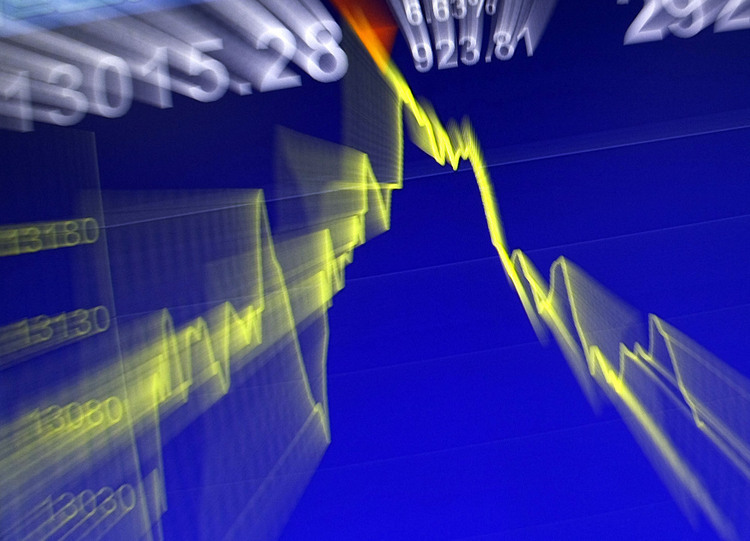
Investors reaping handsome returns on emerging-market currencies this year might do well to heed a warning once made by Harvard economist Jeffrey Frankel, who likened carry trading to “picking up pennies in front of a steam roller.”
Economic theory — and history — suggest the strategy of borrowing where interest rates are low to invest in high-yielding currencies is prone to the risk of a sharp reversal when too many investors pile into the trade. Strategists at Bank of America Merrill Lynch warned last week that sentiment on emerging-market currencies is already reaching “exuberant levels.” Rabobank’s chief currency strategist says now is the time to take profits.
Investors from BlackRock Inc. to Man Group Plc have poured money into emerging-market currencies this year to profit from interest as high as 12 percent compared with rates close to zero in the U.S. and European Union. The strategy has produced an average return of 7.5 percent since the beginning of the year, according to the Bloomberg Cumulative FX Carry Trade Index that tracks eight major currencies against the dollar.
“Carry trades are notorious for risk-off unwinds, especially when positioning is crowded and correlated,” strategists at BofA including David Hauner said in the e-mailed research note. Sentiment “is approaching levels at which a correction is historically frequently followed,” they said.
Hauner and his colleagues based their findings on BofA’s Emerging Market Carry-Sentiment Indicator, which measures the level of investor bullishness by analyzing flows into fixed-income and currency markets. The gauge shows carry sentiment is approaching a level that has historically preceded a correction within four weeks.
South African Showdown
Among the currencies surveyed, the ruble is “by far the most consensus trade” in Eastern Europe, the Middle East and Africa, and BofA is using options to bet the Russian currency will decline amid oil-price fluctuations, according to the note. Meanwhile, the possibility of a “showdown” in South Africa between President Jacob Zuma and his opponents has prompted the bank to short the rand versus Turkey’s lira.
Global emerging-market debt funds have attracted inflows for a 17th straight week this year, taking the total to more than $33 billion, according to EPFR Global data. A BlackRock exchange-traded fund that tracks emerging-market local currency debt has lured more than $2 billion, nearly doubling its size.
Analysts at Goldman Sachs Group Inc. and Barclays Plc say low volatility in developed markets, coupled with a weak U.S. dollar, will continue to support attractive conditions for the carry trade to continue. Emerging-market currencies are “modestly undervalued,” Goldman strategist Kamakshya Trivedi said in an e-mailed note last week, which recommended buying the Mexican peso and South African rand.
The BofA strategists admit that their indicator has been premature in signaling reversals in the past. It jumped the gun on the 2013 taper tantrum, for example, missing a final rally before that year’s currency crash. It’s still too early to call the end of the current bull market, the strategists said.
Still, sentiment could quickly sour if U.S. economic growth pushes up expectations of monetary tightening by the Federal Reserve, or if there is any sign the world’s biggest economy is in trouble, according to John Hardy, head of currency strategy at Saxo Bank A/S. Any indication that China is running into difficulties with its deleveraging plans could also be a trigger, he said.
“The circumstances are unsustainable for the EM carry trade to continue as it has,” Hardy said. “I would recommend taking profits if you are enjoying the fruits of this trade. You want to be the first out, not the last.”